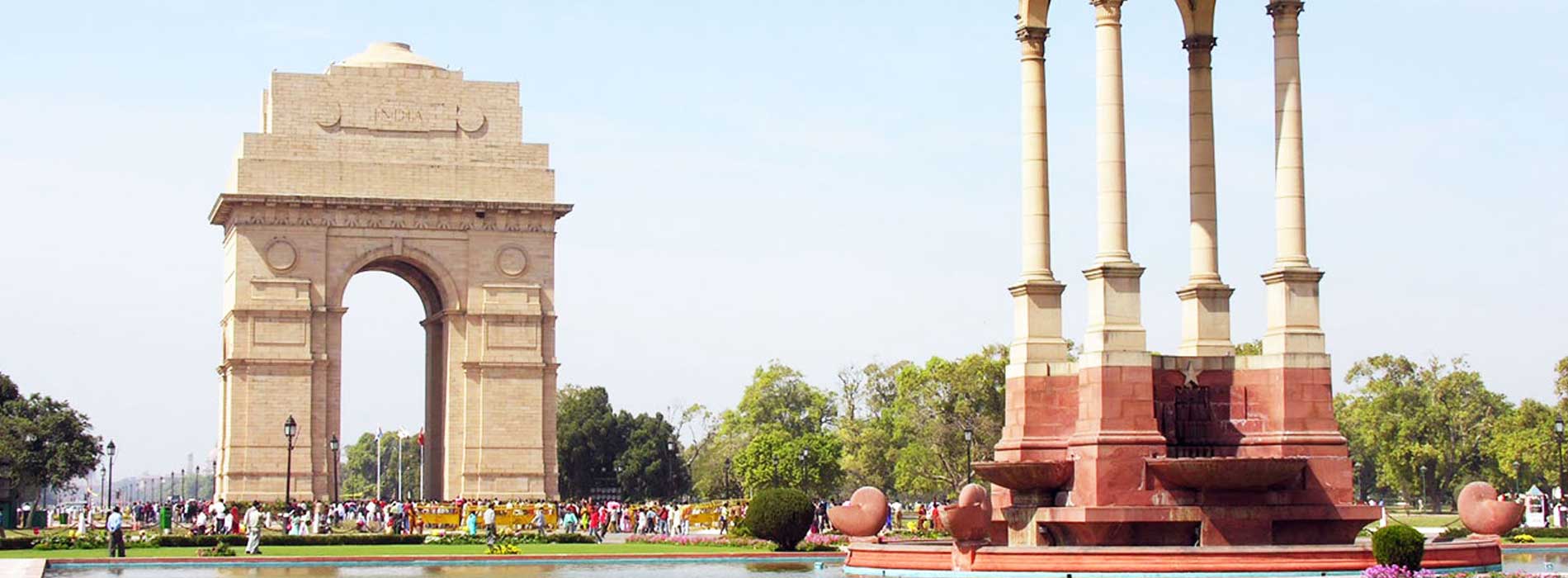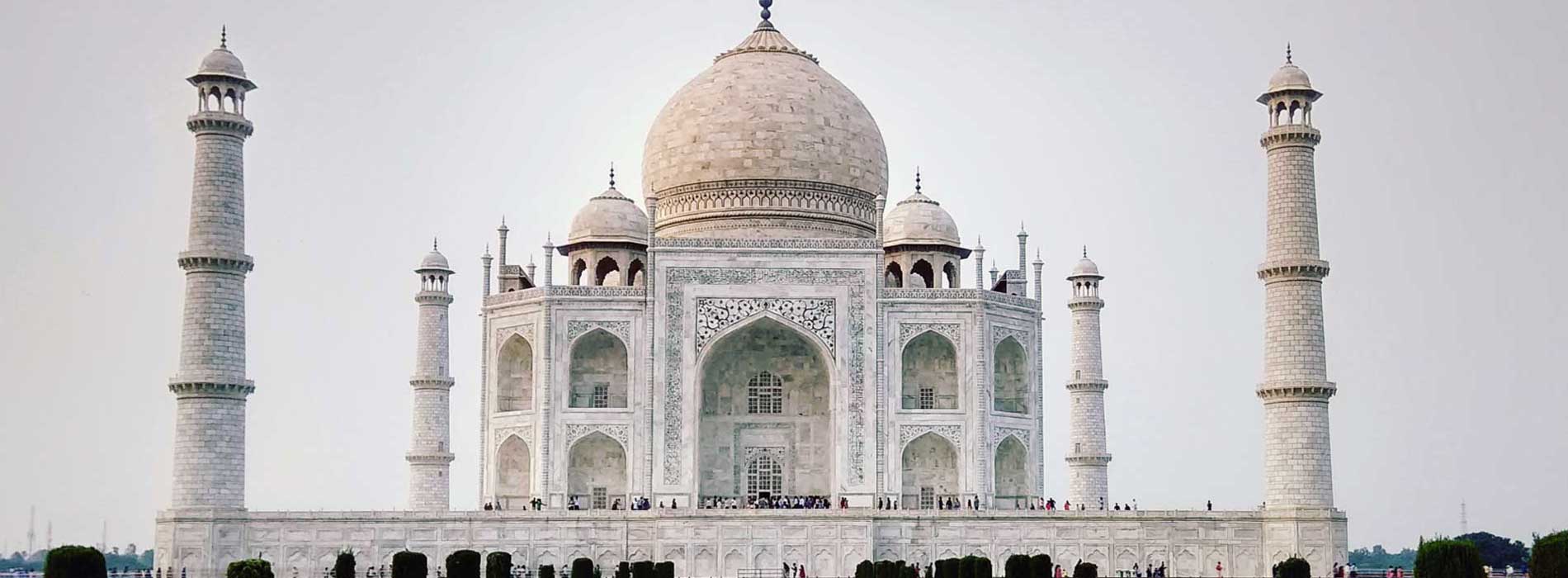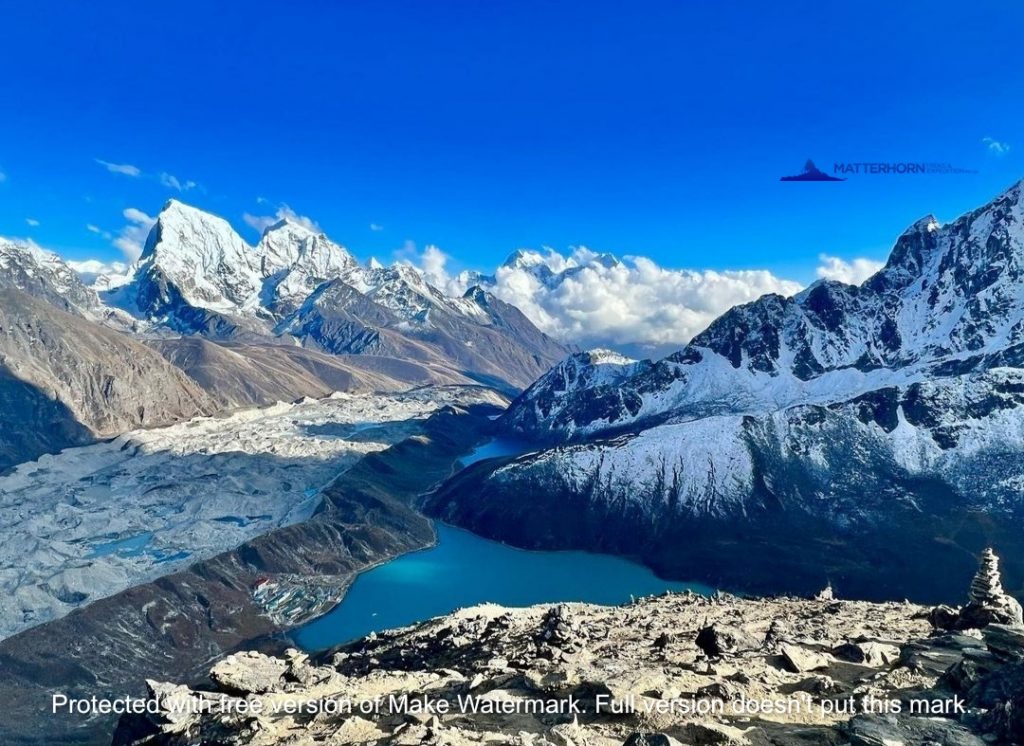

India, officially the Republic of India is a country in South Asia. It is the seventh-largest country by area, the second-most populous country with over 1.2 billion people, and the most populous democracy in the world. Bounded by the Indian Ocean on the south, the Arabian Sea on the south-west, and the Bay of Bengal on the south-east, it shares land borders with Pakistan to the west; China, Nepal, and Bhutan to the north-east; and Burma and Bangladesh to the east. In the Indian Ocean, India is in the vicinity of Sri Lanka and the Maldives; in addition, India’s Andaman and Nicobar Islands share a maritime border with Thailand and Indonesia.
Home to the ancient Indus Valley Civilization and a region of historic trade routes and vast empires, the Indian subcontinent was identified with its commercial and cultural wealth for much of its long history. Four world religions—Hinduism, Buddhism, Jainism, and Sikhism—originated here, whereas Zoroastrianism, Christianity, and Islam arrived in the 1st millennium CE and also helped shape the region’s diverse culture. Gradually annexed by and brought under the administration of the British East India Company from the early 18th century and administered directly by the United Kingdom from the mid-19th century, India became an independent nation in 1947 after a struggle for independence that was marked by non-violent resistance led by Mahatma Gandhi.
The Indian economy is the world’s tenth-largest by nominal GDP and third-largest by purchasing power parity (PPP). Following market-based economic reforms in 1991, India became one of the fastest-growing major economies; it is considered a newly industrialized country. However, it continues to face the challenges of poverty, illiteracy, corruption, malnutrition, and inadequate public healthcare. A nuclear weapons state and a regional power, it has the third-largest standing army in the world and ranks ninth in military expenditure among nations. India is a federal constitutional republic governed under a parliamentary system consisting of 28 states and 7 union territories. India is a pluralistic, multilingual, and multiethnic society. It is also home to a diversity of wildlife in a variety of protected habitats.
Delhi-Agra-Jaipur-Delhi
Though short duration, the trip includes the two main tourists’ centers of India. This trip out of Delhi can be combined with most of the tours and includes visits of the famous Taj Mahal at Agra, abandoned Mughal capital Fathehpur Sikri and the city of Jaipur.
Day 01 Arrival in Delhi
Meet the guide at the airport and transfer to hotel.
Day 02 Delhi
Sightseeing of Old and New Delhi: visit the Red Fort, Jame Mosque, Qutub Minaret, Rajghat and Parliament Street.
Day 03 Delhi-Agra
Drive to Agra (4 hrs). Sightseeing of Agra Fort.
Day 04 Agra-Jaipur
Sightseeing of Taj Mahal and drive to Jaipur. En route visit the ruined capital of Fatehpur-Sikri.
Overnight hotel.
Day 05 Jaipur
Sightseeing of Amer Fort, Wind Palace, City Palace and the markets.
Overnight hotel.
Day 06 Jaipur-Delhi
Drive to Delhi.
Overnight hotel.
Day 07 Departure
Transfer to airport for departure.
Fill up the form below to tell us what you're looking for

